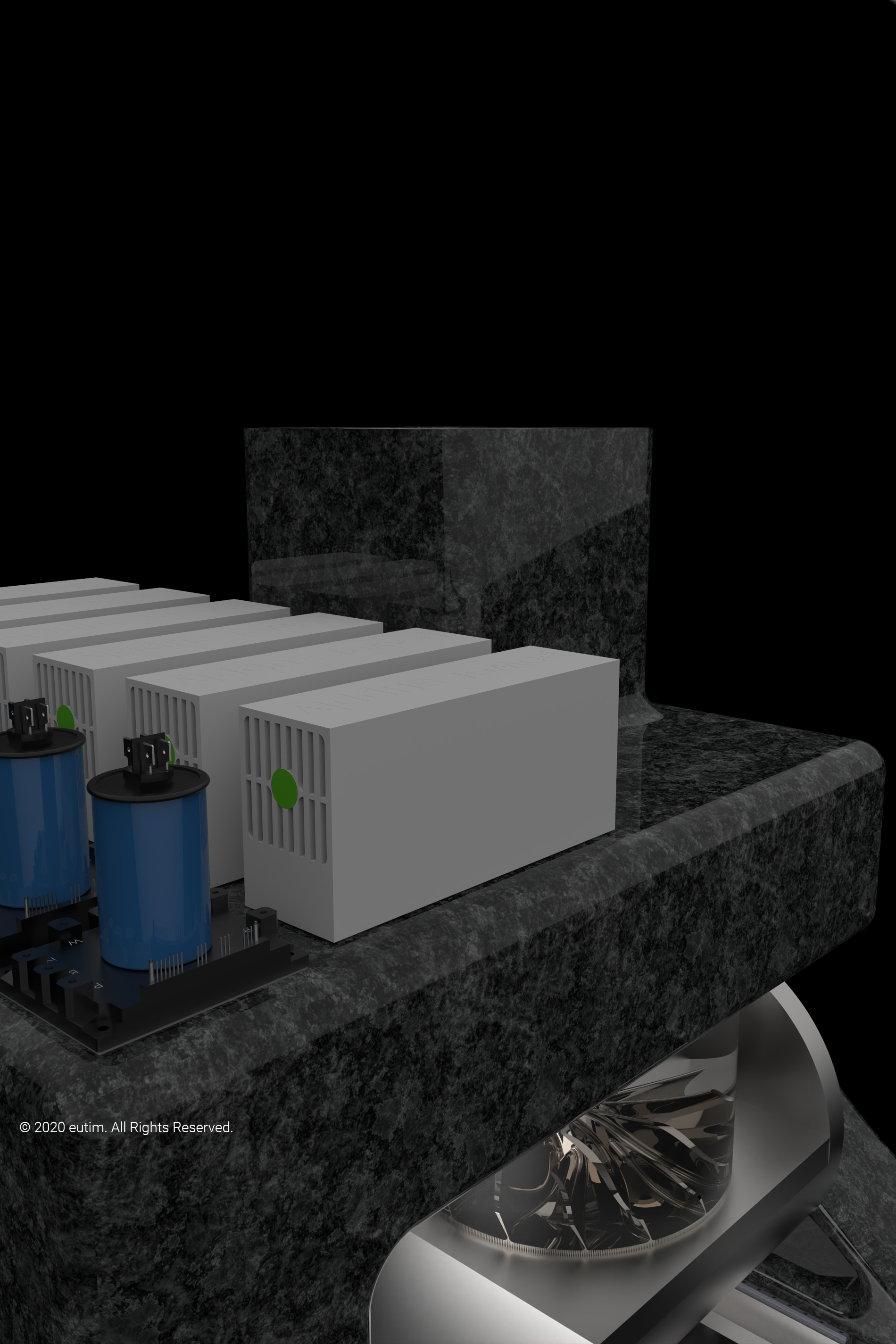CNC Machine - Work in progress
The problem with CNC-machines is their cost. While a decent FDM 3D-printer can be purchased for under 200 euro’s, the closest CNC-machines have come is probably Tormach’s or Syil’s entry-level lineup.
These start at around 15k euro.
While these machines are capable of doing 2.5D machining just fine, we still need something that meets todays standards of Multi-Axis and High-Speed milling.
The CNC-machine is BLDC-driven, on each of it’s 5-axis. The main three axis, are use a direct-drive system, allowing for a federate of 20 meters per minute. The fourth and fifth axis use a cycloidal reducer, which makes these axes slightly slower, but improved the torque required by these axes by a tenfold.
These BLDC’s use a high-resolution absolute encoder. These allow for the PID system to make the BLDC’s movements repeatable to a micron. Furthermore, you don’t have to home any axis before you can start milling. The machine always knows it’s position, no matter what.
PID Controller
A proportional–integral–derivative controller is a control loop mechanism employing feedback that is widely used in industrial control systems and a variety of other applications requiring continuously modulated control.
A PID controller continuously calculates an error value e(t) as the difference between a desired setpoint (SP) and a measured process variable (PV) and applies a correction based on proportional, integral,
and derivative terms (denoted P, I, and D respectively), hence the name.
Holding Torque
Holding torque is a measurement of how much rotating force is required to force a stationary stepper motor shaft out of position. Holding torque (T) is the product of a motor's torque constant (KT) and the current (i) applied to the stator windings. In most applications, electronic drivers control stepper motors.
